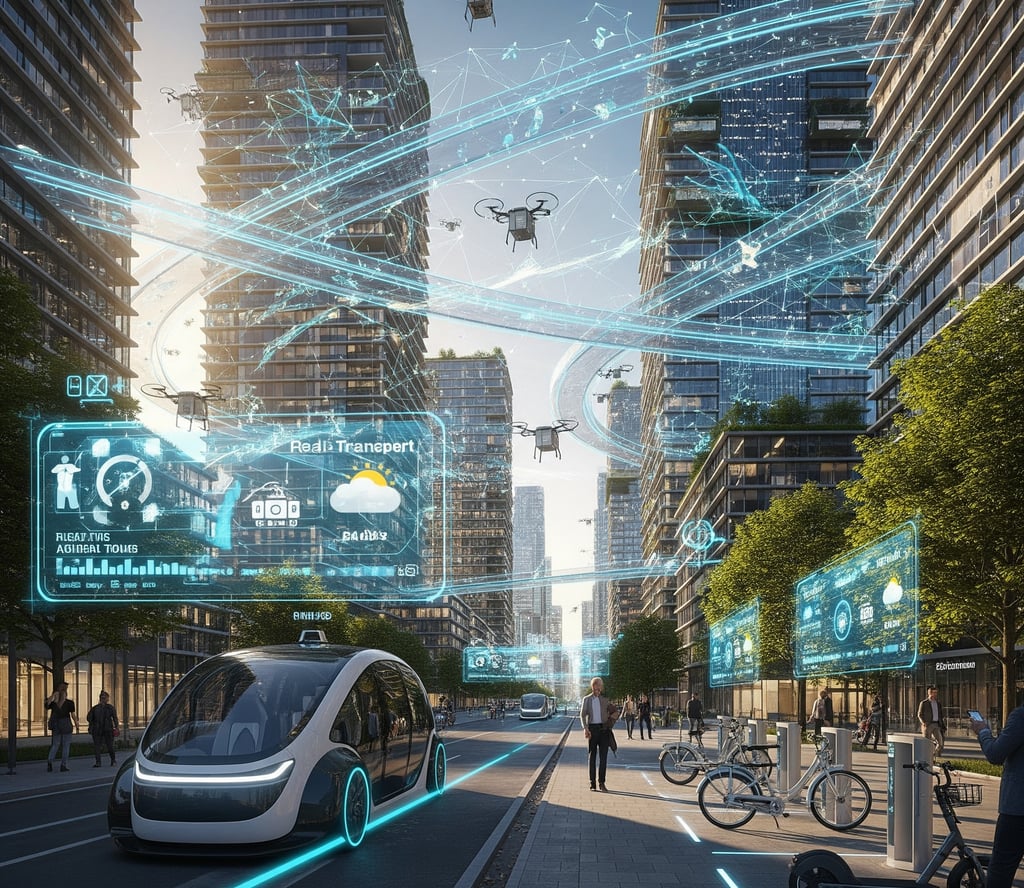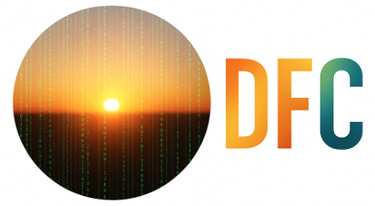Taxis Already Existed. What Did Uber Do That Was So Disruptive?
Before Uber, the urban transportation service had been operating for decades. Taxis were everywhere. So why was Uber considered one of the most disruptive startups in recent history?
CURIOSITIES
8/7/20253 min read


The arrival of Uber in the urban transport market was met with resistance, skepticism, and, ultimately, a complete revolution. However, it's important to note that the transformation didn't happen overnight; it was an evolutionary process that deepened over time. But the question many people ask is: "Taxis already existed, so what did Uber do that was so disruptive?" The answer is not in a revolutionary technological invention, but in a strategic digital transformation. Uber didn't invent the car or the smartphone, but it used these tools in an innovative way to solve the biggest pain points of a century-old service, creating a superior customer experience and, in the process, a new business model that changed the game indelibly. Let's understand how the company disrupted the market without inventing anything from scratch, simply by optimizing existing processes and rethinking the way people move around cities.
The Traditional Taxi Model: The Friction Points
Before Uber, the experience of hailing a cab was full of uncertainties and frustrations. Users often felt anxious and even stressed by the possibility of not getting a car when they needed one most—a scenario inconceivable by modern service standards:
Availability Uncertainty: Finding a taxi on the street depended on luck, especially during peak hours or in less busy locations, like suburban areas or during major events. Calling a radio taxi dispatch was an alternative but didn't guarantee speed. Passengers often waited for long periods, leading to frustration.
Lack of Transparency: You didn't know how much the ride would cost until the end; this factor made the experience even more unpleasant. Payment options were limited to cash, which could create the problem of not having exact change or generating doubt about how much to pay, leading to potential disagreements with drivers.
Lack of Trust and Quality: The passenger had no control over the driver or the quality of the car. The experience could vary drastically from one ride to the next. This included concerns about safety, cleanliness, and even the driver's skill, creating an insecurity that many passengers couldn't ignore.
Uber's Digital Transformation: Eliminating Friction
Uber's digital transformation focused on using technology to eliminate every one of these friction points. It didn't reinvent transport itself, but it completely reinvented the customer experience, introducing a series of innovations that changed how we collaborate and interact in cities:
Convenience and Connectivity: Uber used the smartphone to create a platform that connected passengers to available drivers in real time. With just a few taps, the passenger could not only see the nearest car but also receive information about the estimated time of arrival, the driver's history, and even the vehicle's model and color. This eliminated uncertainty and waiting, providing a practical and immediate experience.
Transparency and Predictability: The Uber app offered a price estimate before the ride started, something unprecedented at the time. This approach not only allowed users to prepare financially but also eliminated the uncertainty surrounding traditional rides. Furthermore, payment was made digitally and automatically, which eliminated the need for cash and change, bringing predictability and a frictionless payment experience.
Data-Driven Trust and Quality: The mutual rating system was one of the pillars of disruption. Passengers and drivers could rate each other, creating an ecosystem of trust. This transparency helped raise quality standards, as drivers with better ratings received more rides, while passengers felt safer. This ensured a standard of quality that the traditional taxi model could not replicate, as trust in the service was often a matter of luck.
The New Business Model of the Sharing Economy
What Uber did was create a new business model that is the foundation of the platform economy. Instead of owning a fleet of cars or hiring drivers, the company simply connected supply and demand dynamically. Drivers used their own vehicles and had the flexibility to work whenever they wanted, choosing their hours, which attracted a wide range of professionals. Uber acted as the intermediary, charging a commission for each ride. This model was not only infinitely more scalable and efficient but also allowed the company to grow rapidly around the world, challenging traditional competitors and established transport systems.
Conclusion: Disruption is in the Experience, Not the Invention
The story of Uber is proof that digital disruption is not necessarily about inventing something new, but about seeing an old problem through a new technological lens and rethinking the customer experience. By using the power of smartphones, GPS, and data, Uber not only transformed the taxi market but also showed every company that the true competitive advantage lies in the agility to innovate and the ability to put customer needs at the center of everything.
The question for your business is: What pain points of your customers can you solve with the technology that already exists? What uncertainties can you eliminate, and what experiences can you redefine to not only meet demand but exceed it, creating lasting loyalty and a trusted brand in the market?
Innovation
Technology and Digital Transformation.
contact us
Apprenticeship
digitalfuturechanges@gmail.com
© 2025. All rights reserved.
